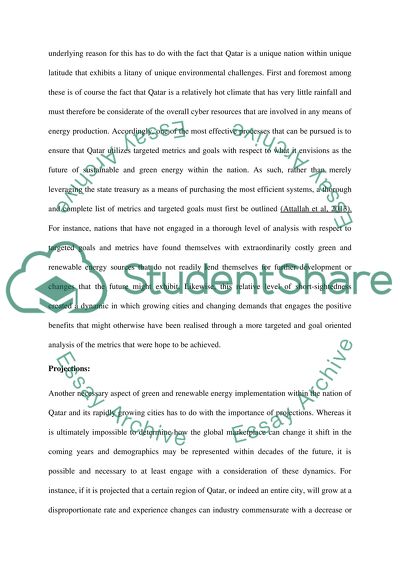Cite this document
(“Qatar Essay Example | Topics and Well Written Essays - 3000 words”, n.d.)
Retrieved from https://studentshare.org/architecture/1686393-qatar
Retrieved from https://studentshare.org/architecture/1686393-qatar
(Qatar Essay Example | Topics and Well Written Essays - 3000 Words)
https://studentshare.org/architecture/1686393-qatar.
https://studentshare.org/architecture/1686393-qatar.
“Qatar Essay Example | Topics and Well Written Essays - 3000 Words”, n.d. https://studentshare.org/architecture/1686393-qatar.


